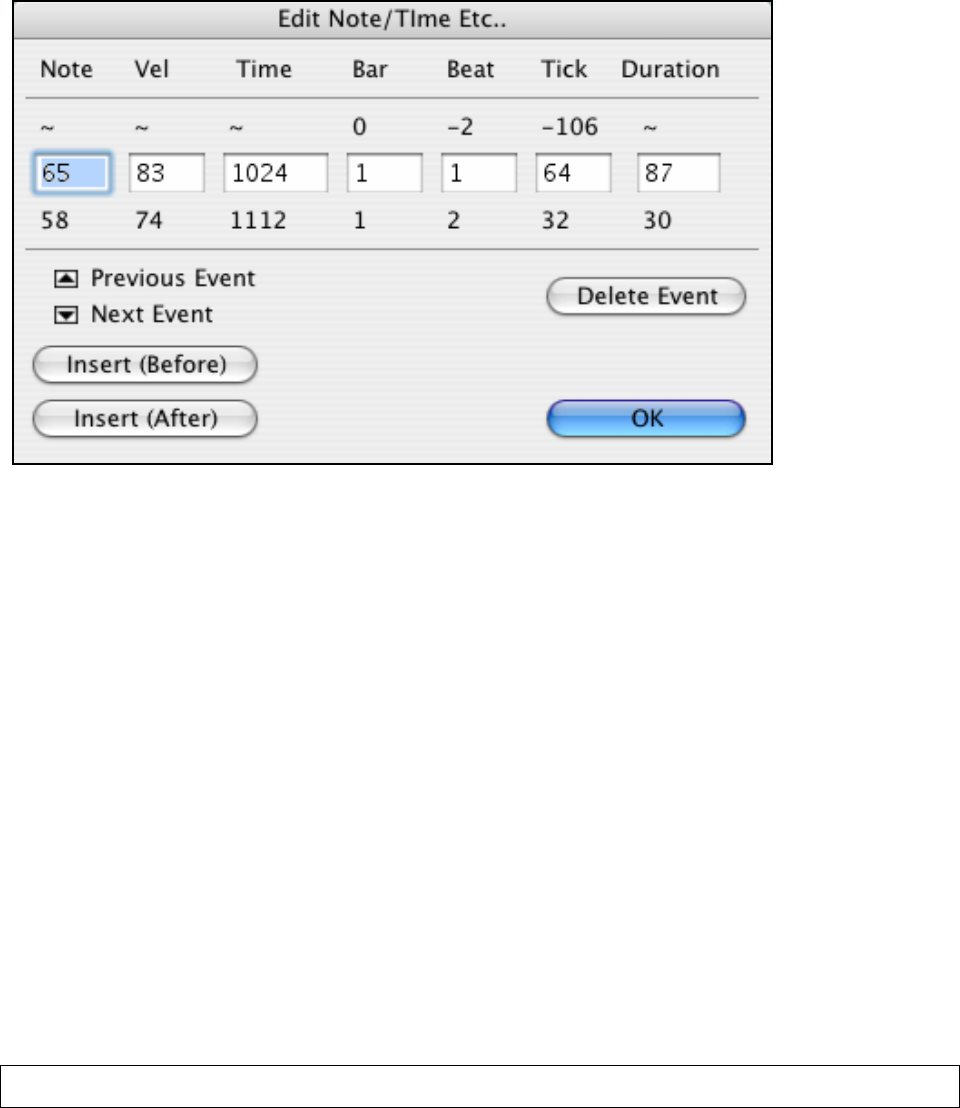User Guide
Table Of Contents
- PG Music Inc. License Agreement
- Table of Contents
- Chapter 1: Welcome to Band-in-a-Box!
- Chapter 2: QuickStart Tutorial
- Chapter 3: Band-in-a-Box 2010.5 for Macintosh
- Welcome to Band-in-a-Box 2010.5
- New Features in Band-in-a-Box 2010
- More New RealTracks
- QuickStart Tutorial
- Quick Song Settings
- Save Default Mix
- Improved Audio Rendering
- DAW Plug-in Mode
- Freeze Tracks
- RealTracks Enhancements
- New Favorite Songs/Styles Dialog
- Rendering Tracks
- StylePicker Enhancements
- New in the StyleMaker
- Chapter 4: The Main Screen
- Chapter 5: Guided Tour of Band-in-a-Box
- Chapter 6: Band-in-a-Box PowerGuide
- RealTracks
- RealDrums
- Song Settings
- The Chordsheet
- Chord Preview/Builder
- MIDI file “Chord Wizard”
- Applying Styles
- The StylePicker
- Playing, Pausing, and Stopping Songs
- Changing Volume, Panning, Reverb, Chorus, Bank
- Freeze Tracks
- Saving Songs
- Preferences – User Settings
-
- Show Chords with push/rest chars
- Metronome During Recording
- Harmony Volume Adjust
- OK to Load Style with songs
- Write Guitar part on 6 channels
- Turn External Keyboard’s Local On at end of session
- OK to beep with messages
- OK to prompt to reduce/expand
- For Roman Numerals in minor keys, use relative major
- Save Button on main screen works as Save As
- Name MIDI files with .MID extension
- Allow larger fonts on Chordsheet
- Color for Chordsheet Area
-
- Other Editing Features
- MIDI Setup
- The JukeBox
- Chapter 7: Notation and Printing
- Chapter 8: Automatic Music Features
- Chapter 9: Recording Tracks
- Chapter 10: Audio Features
- Chapter 11: Wizards, Tutors, and Fun
- Chapter 12: User Programmable Functions
- Chapter 13: CoreMIDI and Apple DLS Synth
- Chapter 14: Reference
- PG Music Inc.
- Index
- Registration Form

Chapter 9: Recording Tracks
174
Retain Past Last Recorded
You have the option to keep or erase any melody after the last recorded note.
Step Edit Notes
You can step edit a recorded track, or create a new track in the Edit Note/Time Etc., dialog. Select Step edit
Notes… from the Melody menu.
This feature is very useful if you have recorded a good take with just a minor glitch. Rather than scrap the take, you
can use the step edit feature to fix the track and save it.
Note Number
The note is played out through the MIDI driver so you can hear it. The note is also drawn on the Keyboard at the
top of the screen so you can see it.
Input the MIDI Note Number. There are 128 MIDI notes. Every C note is a multiple of 12, which makes middle C
(called C5 for the 5
th
octave) note number 60. For example, C5 = 60, C#5 = 61, D5 = 62 etc.). In the example
above therefore the note = 64 would be 4 semitones above middle C, an E.
Velocity
Type in a velocity to control the volume that the note is played at. Change the velocity to zero to stop a note from
being played. Note that you can globally change the volume of a melody track, from the melody pull down menu
Time
Represents the total time in ticks for the current event from the beginning of the song. At 120 ppq resolution, a
quarter note equals 120 ticks and a bar of 4/4 time is 480 ticks. This number includes the lead-in bar of 480 ticks.
Bar #, Beat Number, Tick
The Bar, Beat, and Tick show the time that the note is played. Ticks are the smallest unit, equal to 1/120
th
of a
quarter note.
Duration
This is the length of time that the note is played. 120 ticks of duration = 1 beat (quarter note).
Previous/Next Event
Use these arrow controls to move through the MIDI track one note at a time.
Insert Before/After
This allows you to insert an event before or after the currently displayed event.
Note: You can get better results by using the Notation window to edit notes instead of this window. To do this, you open the
Notation window and mouse click on a note while holding down the option key in Staff Roll or Editable notation mode.










